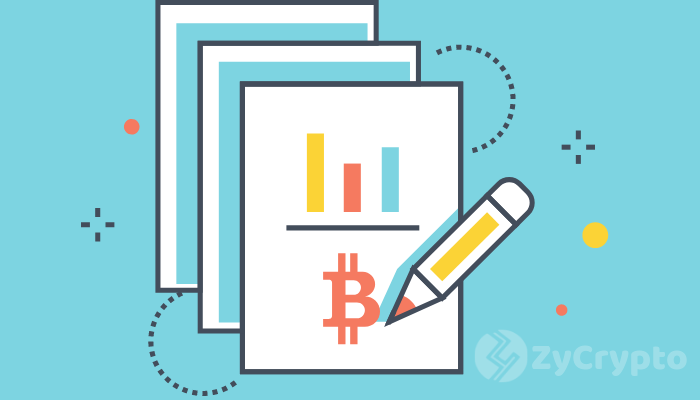Segregated Witness (SegWit), a protocol upgrade which helps Bitcoin’s blockchain to handle more transactions at a time and for a lesser fee has recorded a 48.1 percent adoption, according to the most recent data culled from TransactionFee.info. The data also shows that Bitcoin transactions made with SegWit hit an all-time of 48.83 percent last week.
Community’s Sentiment About Bitcoin’s Scalability and High Fees
Time and again, a number of people have lashed out on the scalability problem of the Bitcoin blockchain and its high transaction fees. However, SegWit which was activated on August 23, 2017, to fix transaction malleability (a flaw in Bitcoin’s code) also came with a promise of eliminating Bitcoin’s block size limit problem.
The latter allowed more transactions to be processed every ten minutes, increased the speed of transactions, and reduced the high fees that came with it. SegWit also supported the use of second layer protocols like the lightning network which helps to boost Bitcoin’s transaction capacity.
SegWit’s Benefits Attract Crypto Community
The result of this improvement is evident in 48.1 percent of Bitcoin payments now being carried out by the cryptocurrency community using SegWit. Last week, it hit an all-time high of 48.83 percent which is quite significant considering the fact that its previous highs in 2018 and early 2019 were less.
What’s worthy to note is that this spike in SegWit’s adoption was triggered by its offer of faster and cheaper transactions. For instance, when Bitcoin transaction fees increased in early 2018, Segwit adoption rose from 7 percent to 25 percent, which is months after it was launched.
Similarly, Bitcoin transaction fees in May 2019 spiked from $0.54 to $2.36 by May 31, 2019. As a result, SegWit-enabled Bitcoin payments moved from 40.41 percent to 45.71 percent between May 1 and May 18, 2019. On the other hand, SegWit-enabled Bitcoin transactions spiked from 35 percent to 41 percent.
Higher Transaction Fees Could Lead to Higher Adoption of SegWit
Conclusions have, therefore, been made that higher transaction fees make SegWit look more attractive to crypto companies and enthusiasts. The latter has been based on the results achieved during a spike in fees and network congestion where exchanges such as Coinbase and Bitpay sort for alternatives.
Thus, if fees as high as $10 to $50 which were paid during the bull run of 2017 is evident today, then Bitcoin payments made with SegWit-enabled wallets could possibly hit 70 percent if not higher. At the moment, that is not the case since fees have not hit the roof to once again mount pressure on traders.







